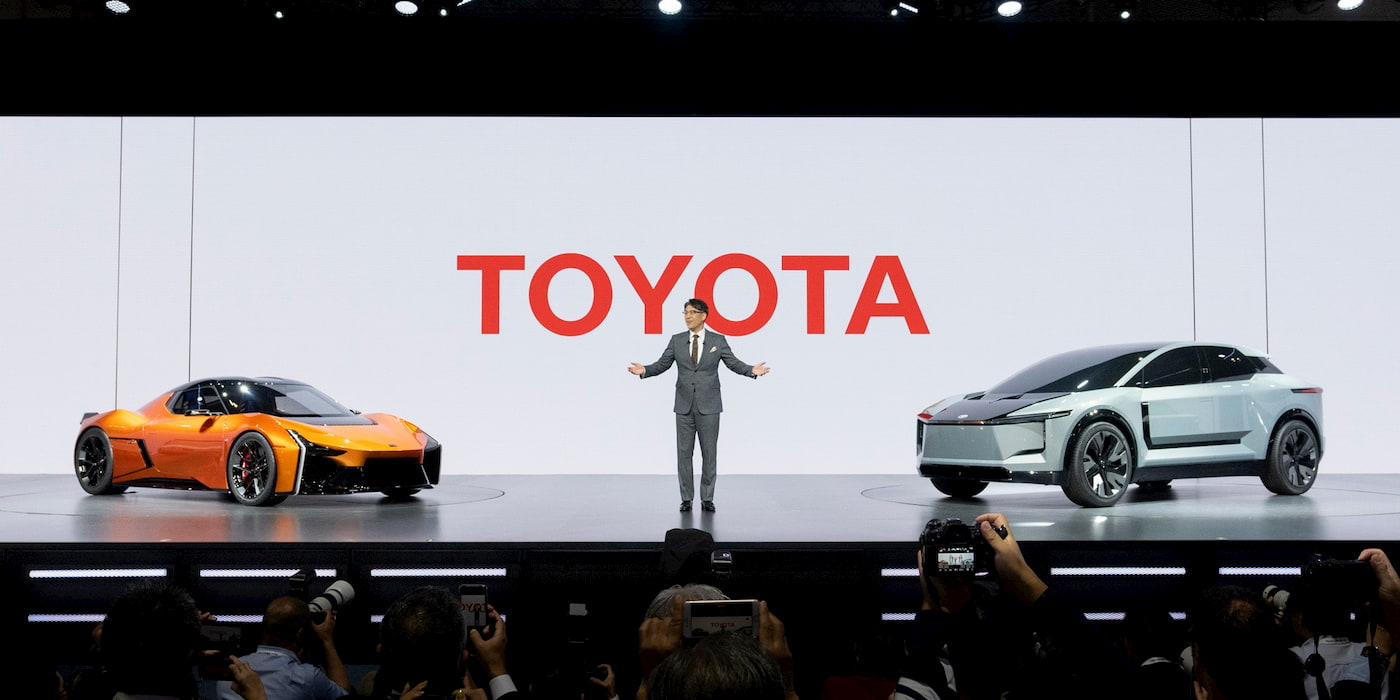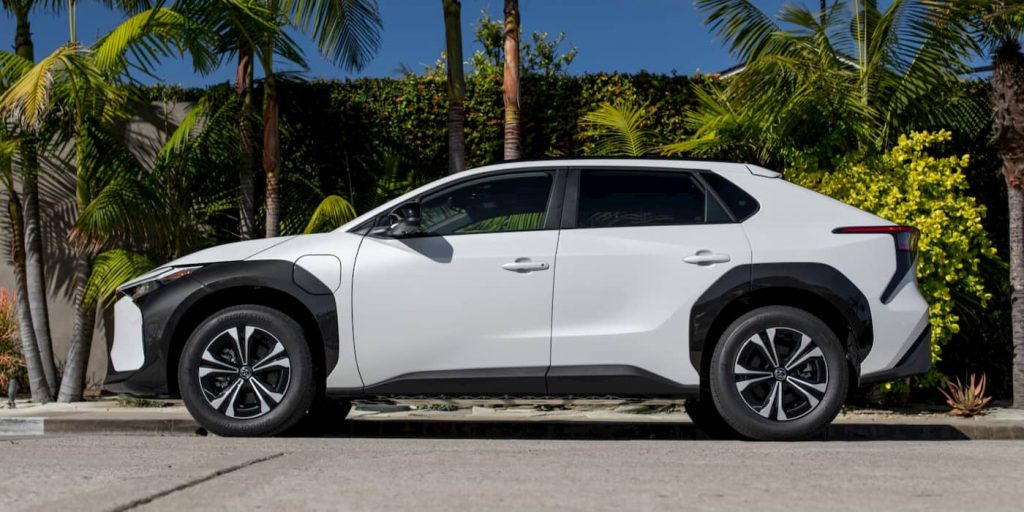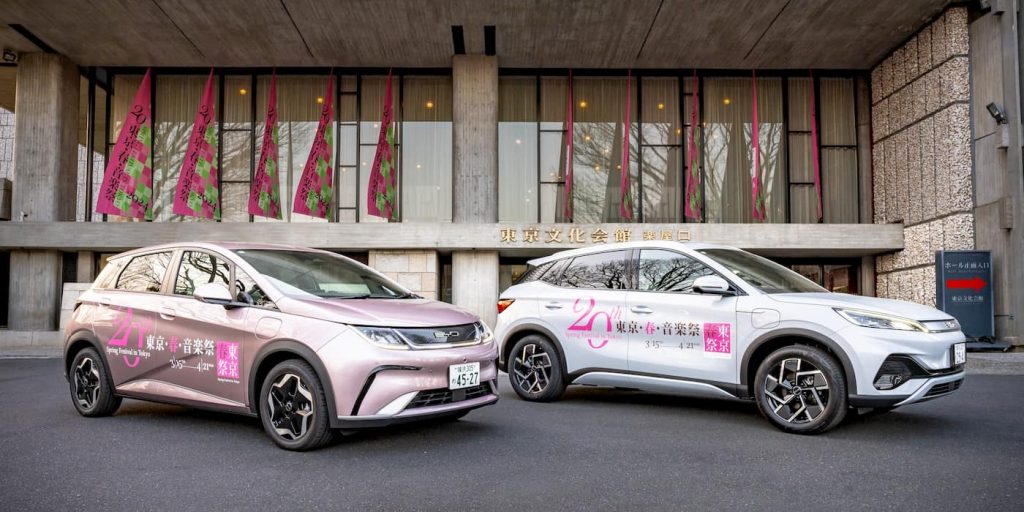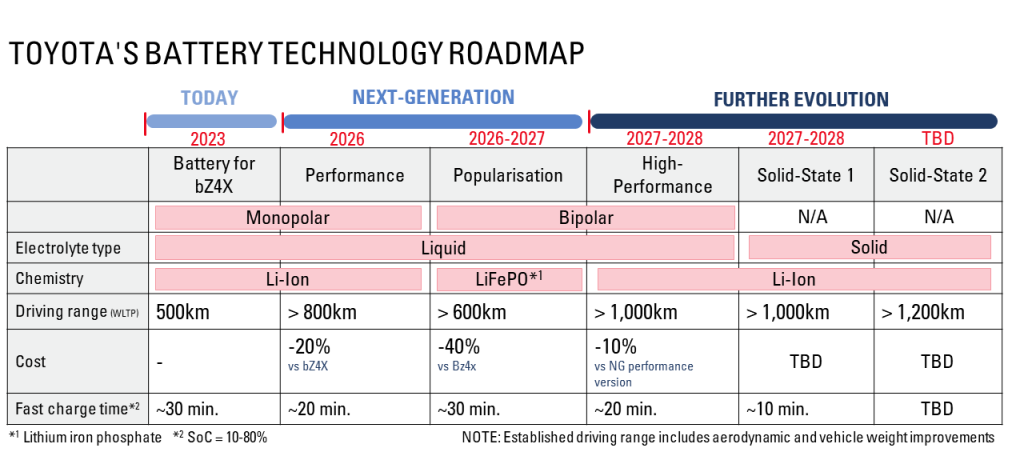
Japan’s largest automaker is struggling as low-priced Chinese EV makers, like BYD, continue gaining an edge. Toyota’s global output fell for the first time in four years in the first half of 2024. Is the company’s slow shift to EVs to blame?
Toyota’s global output drops amid slow EV shift
It’s no secret by now that Toyota is one of the biggest laggards in the industry’s transition to all-electric vehicles.
The company built 4.71 million vehicles in the first half of fiscal 2024, down 7% from the record 5.06 million built last year. This is also the first time in four years that Toyota’s global production has slipped.
After halting production of the popular Yariss Cross and Corolla Fielder due to improper vehicle certifications in Japan, Toyota’s domestic output slipped 9.4% in the first half of the year.
Toyota said a recall on the Prius hybrid also led to lower production. Overseas, Toyota’s production slipped nearly 6% to 3.17 million units. In North America, volume was down by 1.7%, while in Europe, volume was up by 3.2%.

Toyota was hit especially hard in China, with output crashing 17%. Like many legacy automakers, Toyota is struggling to keep pace with Chinese EV leaders like BYD with extremely low-priced models.
BYD’s cheapest EV, the Seagull, starts at under $10,000 (69,800 yuan) and continues to sit atop the sales charts.

Between April and September 2024, Toyota’s global sales fell 2.8% to 5 million units. This was the first decline in two years, with domestic (-9.3%) and overseas (-1.6%) falling.
Although EV sales rose 32.5% to 78,178 units, Toyota cut production plans for all-electric vehicles by 30% by 2026.

Toyota now expects to build around 1 million EVs by 2026, down from its previous 1.5 million target.
Electrek’s Take
As one of the slowest automakers to transition to all-electric vehicles, Toyota is feeling the pressure. And it’s not only in China.
Chinese EV makers, like BYD, are quickly expanding overseas as the domestic market is becoming saturated with low-priced competitors.
BYD launched its third EV in Japan this summer, the Seal, which is often compared to Tesla’s Model 3. The Seal joins the Dolphin and Atto 3, two of BYD’s top-selling EVs. Starting at around $24,500 (¥3.63 million), the Dolphin EV is a direct threat to the Toyota Prius and Nissan LEAF.
Earlier this month, The Central Japan Economic and Trade Bureau held a seminar (via Nikkei) to explore trends in the EV industry.
The event showcased around 90,000 parts from 16 foreign automakers, and around 70 auto parts companies were in attendance.
BYD’s Atto 3 electric SUV, which starts at under $20,000 (140,000 yuan) in China, stole the show. One guest asked, “How can it be produced at such a low cost?”
On Wednesday, BYD reported record Q3 revenue and profits as vehicle sales continued surging to new levels.
With Toyota promising its next-gen batteries will enable more efficient, lower-priced EVs, will it be too little too late? The company says its “Popularisation” LFP batteries, due out by 2027, will provide over 373 miles (600 km) WLTP driving range.
According to data from CnEVPost, BYD accounted for nearly a third of the LFP batteries installed in China in September. In China, LFP batteries account for almost 75% of the market.
Source: Toyota, Kyodo News
FTC: We use income earning auto affiliate links. More.